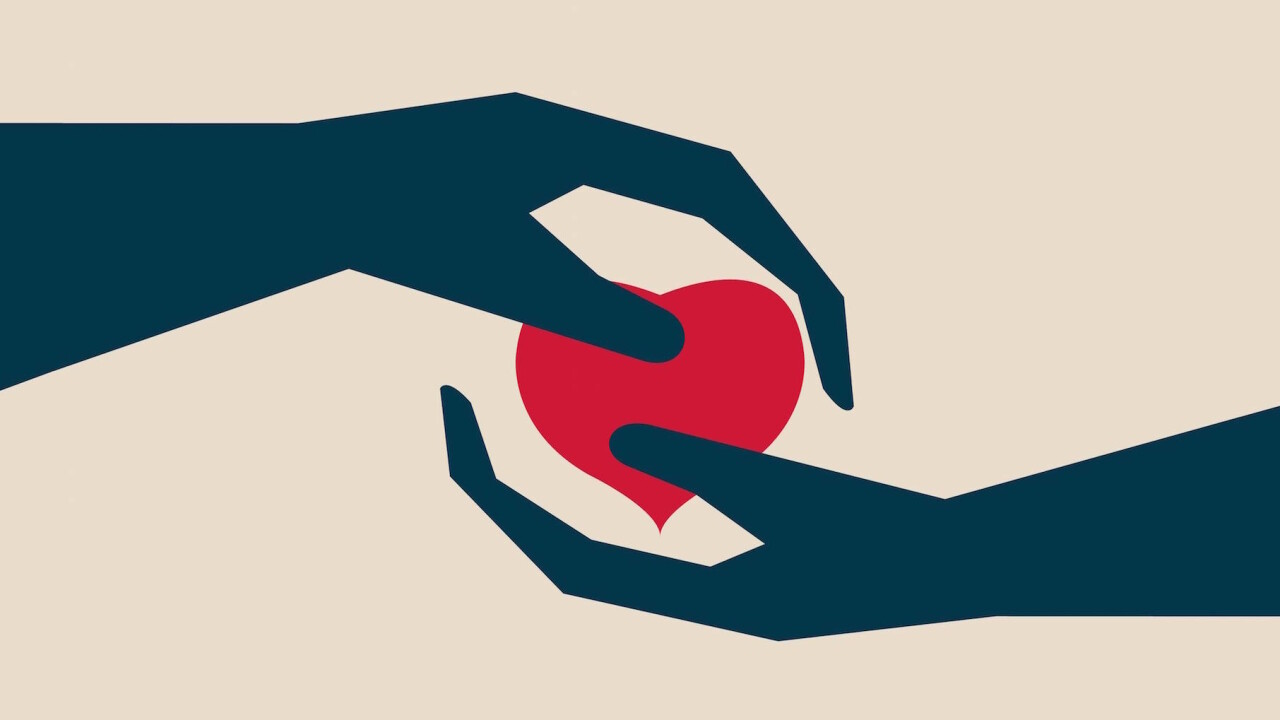
In last week’s article ‘10 ways tech is delivering hope for humanity’, we presented the first in our three-part listings of companies using technology for humanitarian efforts. From larger coding endeavors such as Code for Africa, to smaller initiatives such as StartupBoat, we looked at the importance of using tech to solve the world’s problems.
This is not an issue that can be solved with a quick-fix; every day new problems arise. Earlier this week, Germany reintroduced border checks along Austria as well as suspend train services from the country in order to limit the influx of refugees and still many countries continue to turn a blind eye towards offering aid.
At TNW, we continue to support Save the Children. We also believe that every little bit helps and hope that this series inspires others to help in any way they can.
UPS Relief Link
In March 2015, UPS announced the launch of its Relief Link in efforts to optimize distribution and tracking of critical supplies in crisis-affected areas. Working with UNHCR, it was able to increase distribution time, verify receipt of provisions and minimize theft through their pilot programs in Ethiopia and Mauritania.
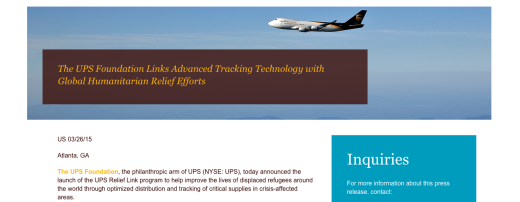
Karam Pilot Leadership
Refugees face considerable challenges to obtaining the education they need to rebuild and improve their lives including remote locations, language barriers, and a lack of educational resources. The Karam Pilot Leadership (KLP) project is designed to give Syrian refugee teens access to technology and mentors.

NetHope
NetHope, a consortium of 43 global humanitarian organizations, enables their member organizations to better serve the developing world through smarter use of technology by collaborating, innovating, and leveraging the full potential of information and communications technology to support their causes.
In addition to using Information and Communications Technology (ICT) to combat ebola throughout remote areas of Africa, NetHope also created a high-speed network in the world’s largest refugee camp and provided immediate ICT support in Nepal post-earthquake.
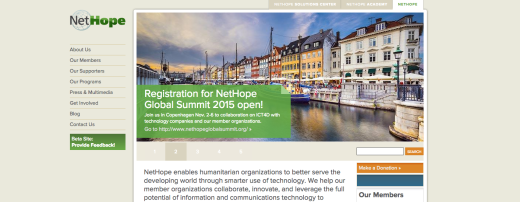
Open Data Kit
Open Data Kit, developed by the University of Washington’s Department of Computer Science and Engineering, is a free and open-source app allowing aid workers to report back to the office while on the field instead of spending time in the office filling out reports.
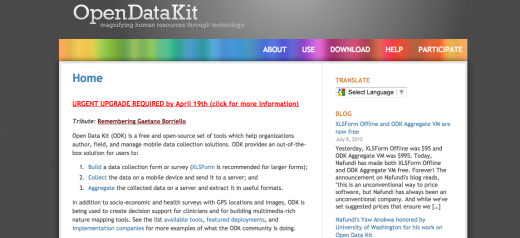
Khan Academy
Tasked with a lofty mission to provide a free, world‑class education for anyone, anywhere, Khan Academy offers practice exercises, instructional videos, and a personalized dashboard that empowers students to study at their own pace.
With courses in math, science, computer programming, history, art history, economics and more, its adaptive technology identifies and strengthens learning gaps.
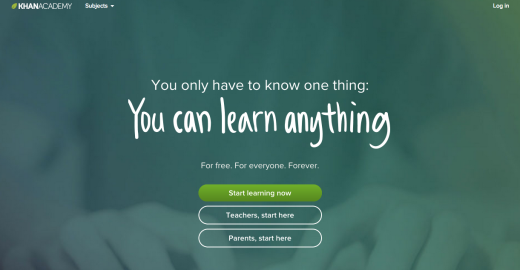
Ascend
Stanford students Parth Bhakta and Ben Rudolph developed this software to help intake officers at camps collect data about individuals and families with a text-messaging platform, allowing refugees to easily and quickly get their temporary tents, food rations and medical care.
Recently relaunched as Ascend, the pilot program currently maintains a database of almost 700 contacts with added features such as two-way communication and information on job and educational opportunities.
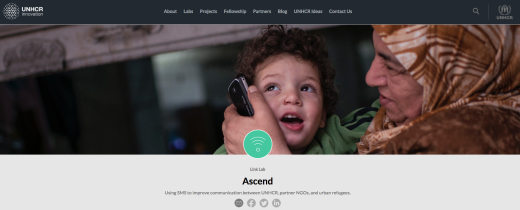
Cast
A champion of #techforgood, Cast plans to break down the barriers that exist between early stage ideas and those that scale. Via partnerships and meetups, the company brings together hackers, coders, developers and designers with people who really understand a social problem and want to use digital technology to tackle some of the world’s toughest social and environmental challenges
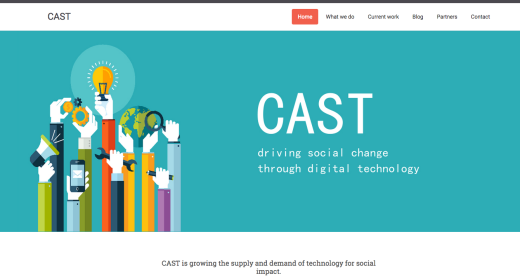
QuakeShare
When natural disasters occur, minutes can mean the difference between life and death. Using GPS technology and a directional gyro system, QuakeShare can detect an earthquake within minutes and create a real-time early warning system.
When a smartphone detects a tremor, the information is transmitted to QuakeShare’s server which then collects data from other smartphones and its algorithm analyzes all the data in order to determine the chance of an earthquake.
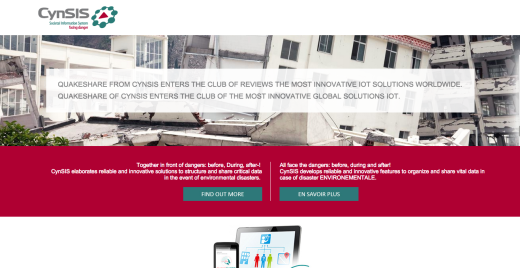
Pledgeling
Self-described as the easiest place to make donations on the Web, Pledgeling allows users to donate to any verified entity through one safe and trusted platform. In addition to verifying all organizations are IRS approved 501(c) nonprofit entities, Pledgeling is free to use, so 100 percent of all donations make it to the organizations.
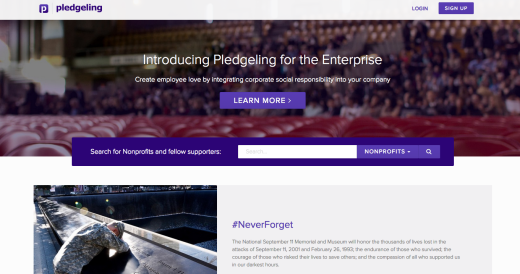
Watsi
Watsi’s small team is on a mission to provide healthcare for every person in the world by connecting donors with those who cannot afford necessary medical procedures. All of the organization’s operations and financials are publicly available and all funds collected go entirely to the patients.
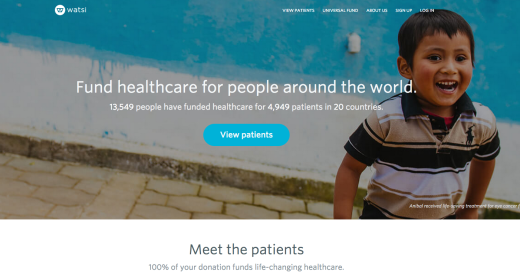
This article series is an Index effort. We’ve curated a list of other organizations and companies that we feel deserve recognition here. Please consider donating to Save the Children, TNW’s official charity.
Get the TNW newsletter
Get the most important tech news in your inbox each week.




